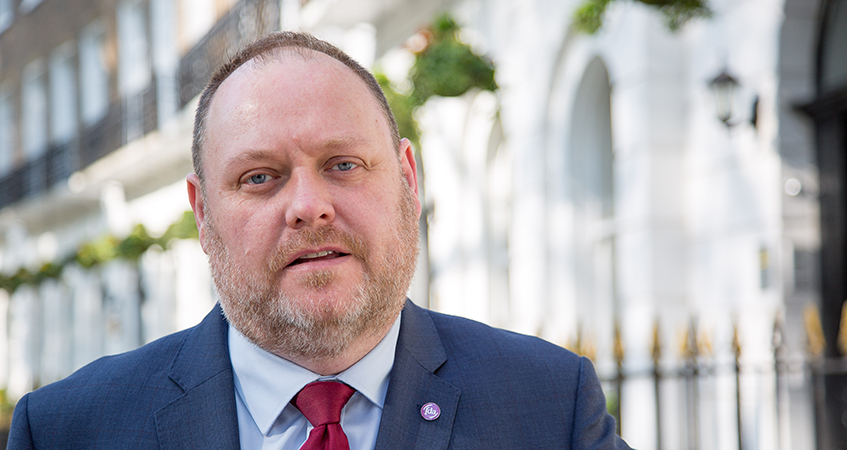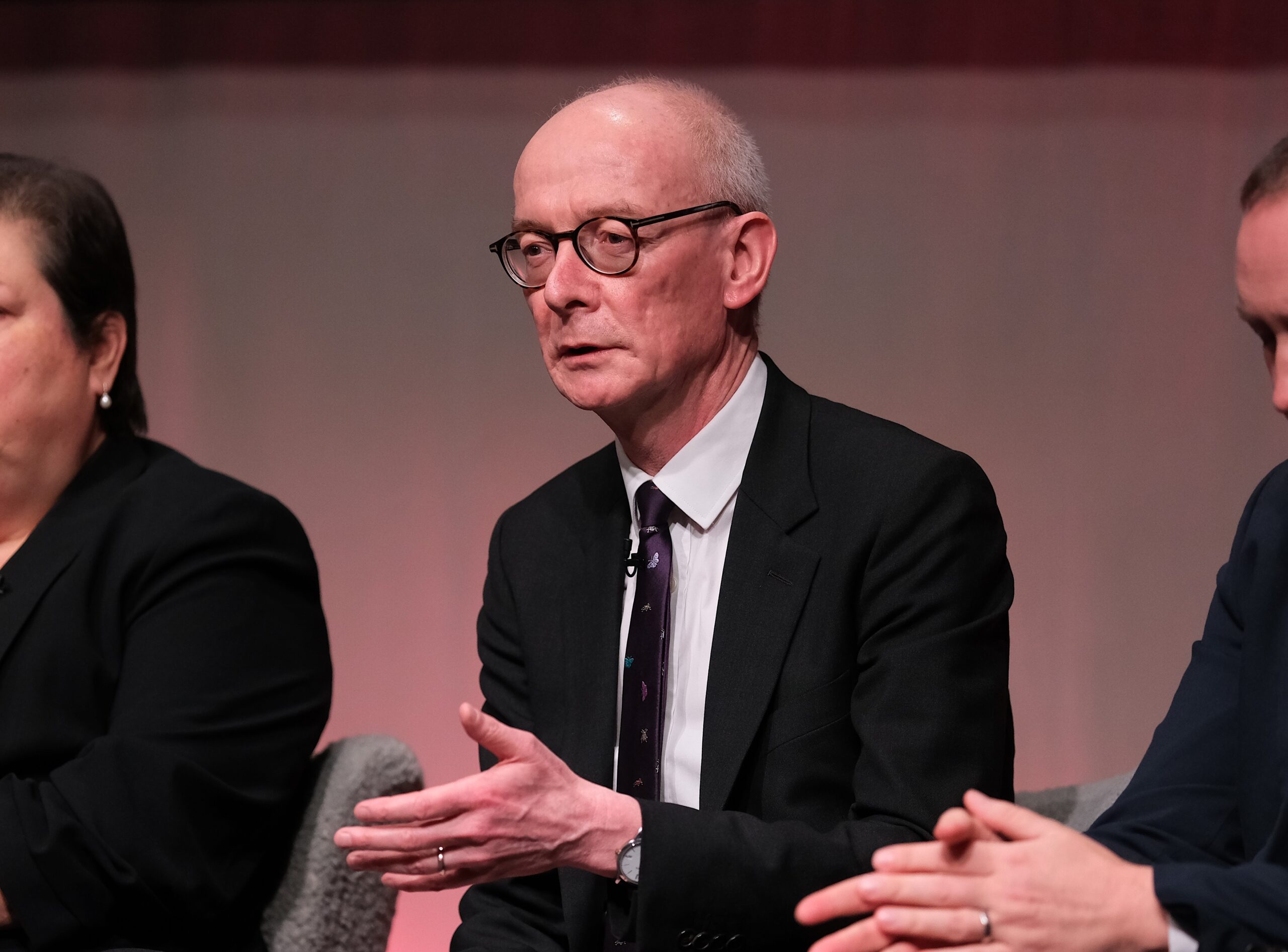Government’s approach to pay an insult to members

Colleagues, unfortunately the Court has rejected our application for Judicial Review of the civil service pay guidance consultation, which we launched jointly with PCS and Prospect. The civil service pay guidance does not apply to either devolved administrations or the SCS, where separate arrangements apply.
We are of course deeply disappointed by this outcome. Ultimately, the decision turns on satisfying a legal test on meaningful consultation, which the judge concluded we had not.
Had we been successful, we were seeking a fresh consultation process on pay for 2018. As it stands, our position remains that departments should use all available opportunities within the current pay guidance, to explore business cases to fund higher pay rises above the 1.5% cap imposed as part of the pay guidance for this year. As we had predicted, all too few are even considering this possibility and unfortunately, the legal proceedings have exposed exactly why that is.
Whilst the judicial review has been unsuccessful in overturning the pitiful consultation process, it has exposed exactly how the civil service became the poor relation in the public sector on pay for 2018. It has also exposed the complete disregard there has been for any meaningful engagement with the unions on pay both centrally and in departmental discussions.
Chronology of events
The FDA, together with Prospect and PCS, had our first meeting with the Cabinet Office to discuss pay for 2018 on 29 March this year. The Government had already announced the lifting of the 1% pay cap and the three unions wanted to explore how this would be dealt with in the context of civil service and the pay guidance, which is issued by the Treasury and Cabinet Office.
At that meeting, we were told it was early days but there would a be a series of meetings to discuss the pay guidance. Whilst the Court has determined that this does not constitute a commitment to consultation in a legal sense, there is no dispute that we were promised a series of meetings to discuss the guidance.
We have now discovered however that four weeks prior to this meeting, on 28 February, the Quarterly Heads of Department meeting (which includes Permanent Secretaries and other Heads of Departments) had already reached a consensus that pay increases would be held back to 1-1.5%.
The notes from this meeting makes clear that a number of departments questioned the affordability of going further, though some felt they could. Despite this, they also agreed not to seek additional funding from the Treasury, though there is no explanation of why this is the case.
In the quite extraordinary notes that went to Ministers from this meeting, there is:
- recognition that staff will have an expectation of higher awards given the public coverage of removal of the cap;
- concern that if some departments can afford higher awards it will lead to greater divergence of pay levels;
- recognition that salary levels in the civil service are behind the wider private and public sector at most grades, and the more senior the role, the more behind the market civil service pay is;
- acknowledgment that the civil service pay deal is likely to be “well below all other public sector workforces”, with increases elsewhere likely to be in the 2%-3% range;
- confirmation that the low levels of increase is viewed as a convenient way to “manage down expectations” of other pay review bodies; and
- acceptance that this will land badly with staff and cause industrial relations problems
Despite all of this, the advice to Ministers was that they should agree a range of 1%-1.5%.
This strategy was then agreed by the Chief Secretary to the Treasury Liz Truss and the Minister for Implementation at the Cabinet Office, Oliver Dowden. However, it still required approval from the Minister for the Cabinet Office, David Lidington.
There was then a pause for two months without any meaningful explanation except that the Government was preparing its strategy. In late May, a meeting was held with the Cabinet Office but without any detail of what the guidance being provided would contain.
On 4 June, a meeting with officials – the only meeting where the unions were given a draft of the guidance – took place. All sides acknowledge this was a fractious meeting. The guidance contained only an “x” where the figure for pay awards should be. The unions were frustrated at a process which seemed to be drawing to a conclusion before it had even started. We requested further meetings and sight of the “x” figure before publication.
In the middle of June, the Minister for the Cabinet Office enquired whether the guidance could be re-negotiated. He was advised that this would be a lengthy process and would further delay the issuing of the guidance. It would appear that he accepted this advice and approved the guidance for publication.
Despite the promise of further meetings, the guidance was then published on 26 June without any further opportunity for input.
What does all this mean?
In essence, the Government’s defence to the legal challenge has been that the three unions were never actually being consulted about the civil service pay guidance. In Court, when we asked for an explanation of why meetings were set up if not to consult, their Counsel replied that it was a matter of “courtesy”.
As insulting as this answer is, the evidence clearly shows that it is correct. Civil service pay policy was set at the Heads of Department meeting in February and nothing has changed since. Ministers approved it and departments implemented it. It gives me no pleasure to say that it also makes clear that departmental negotiations have essentially been a sham. Heads of Departments, including Permanent Secretaries, agreed this process and have implemented it, often with little more than a cursory approach to engaging with the unions. In some departments, they have indicated that they wanted to impose the 1.5% cap at the first meeting with the unions. Few employers have had an appetite for using the flexibilities contained in the guidance to seek higher awards. It’s been a “heads down, take the heat and impose” strategy across the service.
Elsewhere in the public sector, unions have been engaging with employers in dialogue around pay to try to find an agreed way forward. Whilst there have been a variety of results and they have not always reached an agreement, employers have sought to engage and understand the priorities of the unions in the knowledge this represents the collective view of their workforce.
Consultation is not about ticking a box. It’s about engaging with the workforce through their elected representatives. It demonstrates that employers care about the views of their employees. The shambles of this year’s pay round – both centrally and with individual employers – is not an insult to the union negotiators, it’s insulting to you, our members. It demonstrates a complete disregard for your aspirations on pay, or the idea that you should have any meaningful say in the outcome.
The civil service is the only area of the public sector where this happens and it can be no surprise that if employers completely disregard the views of their staff, the outcomes will be worse. The evidence of this is clear to see. Every area of the public sector started in the same place, with the lifting of the 1% pay cap, yet the outcome has been measurably worse for the civil service. That this was openly acknowledged in the advice to Ministers only adds insult to injury.
We clearly need to digest the result and consider next steps. In departments, our strategy of challenging management and Ministers will continue. This is despite Ministers, who ultimately have to approve the pay outcomes for their staff, showing little interest in engaging in a dialogue with the unions or feeling that they should be held to account for the decisions that have been made.
Members will rightly be angry about both the outcome of pay this year and the revelations as to how these decisions were made. Government should be the exemplar for best practise – not the worst – and this needs to change, not just about pay.
Next steps: share your views
The Executive Committee will be considering next steps in our pay campaign and we will be in touch shortly about these. In the meantime, you can let the Minister for the Cabinet Office know that you’re tired of being the poor relation in the public sector by signing our ‘Be our Champion’ petition. Created in partnership with the TUC, the petition calls on David Lidington to speak up for civil servants and fight for them to receive a fair pay rise, as Ministers representing other public service areas have done.
Also look out for our postcards in your next edition of PSM, which you should receive in the next week or so. To have your say, all you need to do is sign it and hand it in to your branch rep, or alternatively put it in a postbox with a stamp.
Related News
-

Government’s plans for civil service reform “lack substance”, says FDA
The FDA has criticised the government’s rhetoric surrounding the announcement of a series of civil service reforms – on performance-based pay, fast track exits for underperformers, and performance management – by Chancellor of the Duchy of Lancaster Pat McFadden.
-

9% pay rise for NI civil servants ‘genuine attempt to tackle pay erosion’, says FDA
The FDA is recommending to members to accept the Northern Ireland civil service pay offer for 2024/25, which represents a 9% increase over a 20-month period.
-

FDA calls for widespread reform across the civil service in New Year message to government
The FDA has shared its annual New Year message to the government, in which FDA Assistant General Secretary Lauren Crowley outlines the need for significant reform across the civil service.